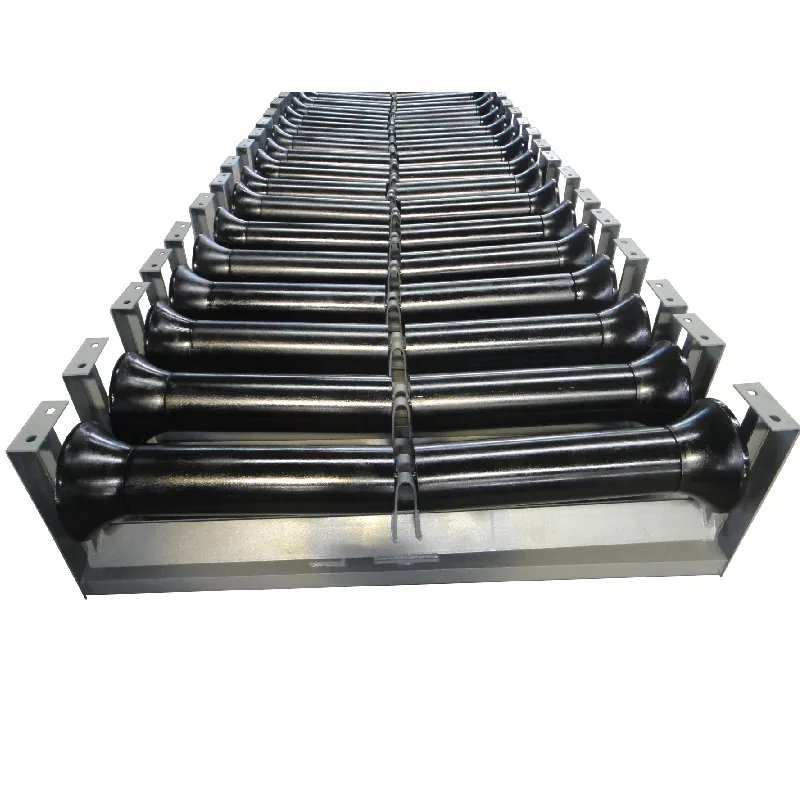 Afrikaans
Afrikaans  Albanian
Albanian  Amharic
Amharic  Arabic
Arabic  Armenian
Armenian  Azerbaijani
Azerbaijani  Basque
Basque  Belarusian
Belarusian  Bengali
Bengali  Bosnian
Bosnian  Bulgarian
Bulgarian  Catalan
Catalan  Cebuano
Cebuano  Corsican
Corsican  Croatian
Croatian  Czech
Czech  Danish
Danish  Dutch
Dutch  English
English  Esperanto
Esperanto  Estonian
Estonian  Finnish
Finnish  French
French  Frisian
Frisian  Galician
Galician  Georgian
Georgian  German
German  Greek
Greek  Gujarati
Gujarati  Haitian Creole
Haitian Creole  hausa
hausa  hawaiian
hawaiian  Hebrew
Hebrew  Hindi
Hindi  Miao
Miao  Hungarian
Hungarian  Icelandic
Icelandic  igbo
igbo  Indonesian
Indonesian  irish
irish  Italian
Italian  Japanese
Japanese  Javanese
Javanese  Kannada
Kannada  kazakh
kazakh  Khmer
Khmer  Rwandese
Rwandese  Korean
Korean  Kurdish
Kurdish  Kyrgyz
Kyrgyz  Lao
Lao  Latin
Latin  Latvian
Latvian  Lithuanian
Lithuanian  Luxembourgish
Luxembourgish  Macedonian
Macedonian  Malgashi
Malgashi  Malay
Malay  Malayalam
Malayalam  Maltese
Maltese  Maori
Maori  Marathi
Marathi  Mongolian
Mongolian  Myanmar
Myanmar  Nepali
Nepali  Norwegian
Norwegian  Norwegian
Norwegian  Occitan
Occitan  Pashto
Pashto  Persian
Persian  Polish
Polish  Portuguese
Portuguese  Punjabi
Punjabi  Romanian
Romanian  Russian
Russian  Samoan
Samoan  Scottish Gaelic
Scottish Gaelic  Serbian
Serbian  Sesotho
Sesotho  Shona
Shona  Sindhi
Sindhi  Sinhala
Sinhala  Slovak
Slovak  Slovenian
Slovenian  Somali
Somali  Spanish
Spanish  Sundanese
Sundanese  Swahili
Swahili  Swedish
Swedish  Tagalog
Tagalog  Tajik
Tajik  Tamil
Tamil  Tatar
Tatar  Telugu
Telugu  Thai
Thai  Turkish
Turkish  Turkmen
Turkmen  Ukrainian
Ukrainian  Urdu
Urdu  Uighur
Uighur  Uzbek
Uzbek  Vietnamese
Vietnamese  Welsh
Welsh  Bantu
Bantu  Yiddish
Yiddish  Yoruba
Yoruba  Zulu
Zulu conveyor idler pulley
Understanding Conveyor Idler Pulleys A Comprehensive Overview
Conveyor idler pulleys play a pivotal role in the effective operation of belt conveyor systems, widely used across various industries such as mining, manufacturing, and agriculture. These components are crucial for facilitating the smooth movement of materials, ensuring efficiency, and reducing operational costs. In this article, we will delve into the functionality, importance, and types of conveyor idler pulleys.
What is a Conveyor Idler Pulley?
An idler pulley is a mechanical component mounted on a conveyor system that guides and supports the conveyor belt. Unlike drive pulleys, which are responsible for moving the belt through the application of power, idler pulleys do not transmit power. Instead, they serve the essential functions of maintaining the tension of the belt, supporting the load, and directing the belt in the desired path. Idler pulleys are usually placed at intervals along the conveyor to provide stability and minimize sagging.
Importance of Conveyor Idler Pulleys
1. Efficiency Idler pulleys are designed to reduce friction and minimize the wear and tear on the conveyor belt. Their smooth rotation helps in maintaining the momentum of the belt, ensuring a consistent flow of material.
2. Load Distribution By evenly distributing the weight of the load across the belt, idlers prevent excessive wear on specific areas of the conveyor. This helps extend the life of the belt and reduces maintenance costs.
3. Belt Alignment Proper alignment of the conveyor belt is crucial for efficient operation. Idler pulleys help guide the belt, preventing it from misaligning, which can lead to operational issues and potential damage over time.
4. Reduction of Operational Failures Problems such as belt slippage or derailment can lead to significant downtime. By ensuring that the conveyor belt runs smoothly and efficiently, idler pulleys help minimize the risk of such failures.
conveyor idler pulley

Types of Conveyor Idler Pulleys
There are several types of idler pulleys, each designed for specific applications and operating conditions
1. Flat Idlers These are the most common type used in general-purpose applications. They provide a flat surface for the belt to run on and are suitable for a variety of materials.
2. Roller Idlers These consist of rotating cylindrical rollers that help to reduce friction further. They are particularly useful in heavy-duty applications where greater load-bearing capacity is required.
3. Impact Idlers Designed to absorb shocks from heavy loads and materials, impact idlers are critical in areas where material falls onto the conveyor belt. They feature rubber rings or cushioning materials that help in reducing impact forces.
4. Self-Aligning Idlers These pulleys are designed to automatically align the conveyor belt, helping to prevent misalignment that can lead to premature wear and operational issues.
Conclusion
Conveyor idler pulleys are essential components that contribute to the efficiency and longevity of conveyor systems. With their ability to support, guide, and reduce friction on conveyor belts, they play a significant role in operations across various industries. Understanding the different types of idler pulleys and their importance can help businesses make informed decisions regarding their conveyor systems, ensuring optimal performance and cost savings. As industries continue to evolve, advancements in idler pulley technology will likely emerge, further enhancing the effectiveness of conveyor systems worldwide.
-
Revolutionizing Conveyor Reliability with Advanced Rubber Lagging PulleysNewsJul.22,2025
-
Powering Precision and Durability with Expert Manufacturers of Conveyor ComponentsNewsJul.22,2025
-
Optimizing Conveyor Systems with Advanced Conveyor AccessoriesNewsJul.22,2025
-
Maximize Conveyor Efficiency with Quality Conveyor Idler PulleysNewsJul.22,2025
-
Future-Proof Your Conveyor System with High-Performance Polyurethane RollerNewsJul.22,2025
-
Driving Efficiency Forward with Quality Idlers and RollersNewsJul.22,2025





























